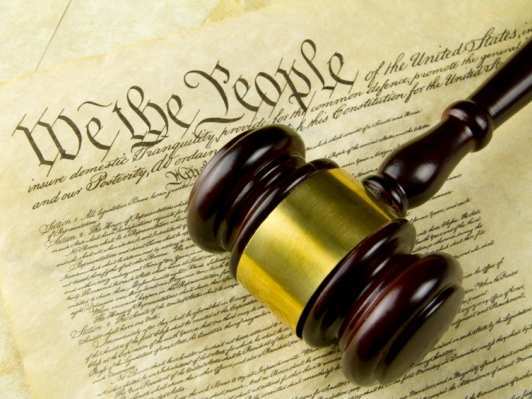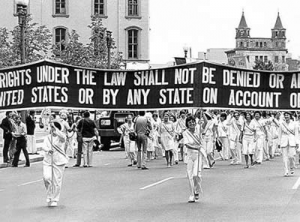What Did an Ex-Girlfriend, a School District Resident, and a Company Share in Common? A Round-Up of First Amendment Cases Distinguishing “Content-Based” from “Content-Neutral” Speech Restrictions
 It’s not every day that a boyfriend-girlfriend spat results in a First Amendment challenge.
It’s not every day that a boyfriend-girlfriend spat results in a First Amendment challenge.
The Fourth District Court of Appeals in Florida recently reviewed an appeal from an ex-girlfriend who was prevented from telling all by her ex-boyfriend’s temporary restraining order (TRO). Vrasic v. Leibel (2013 WL 85412). After they broke up, the ex-girlfriend created a website to pre-sell a book about their relationship. She also posted an excerpt containing defamatory statements about him. A lower court granted the ex-boyfriend’s demand for a TRO. The Court of Appeals reversed to the extent that the TRO prevented even defamatory speech on the theories that it was a content-based prior restraint on speech and that the proper remedy is an action for damages.
When analyzing First Amendment free speech challenges, courts first decide if the speech restriction is “content-neutral” or “content-based.” This threshold distinction drives whether a government restriction of speech deserves more exacting scrutiny by courts. The government is unlikely to prevail where the restriction is content-based. But content-neutral restrictions are less problematic and are often permissible.
Deciding if a restriction is content-based or content-neutral is a tricky matter. A content-based restriction will usually target speech directly, while a content-neutral one will affect speech only incidentally. Because the assessment is fact-specific, a review of recent cases making this determination may be the best way to shine a light on the distinction.

